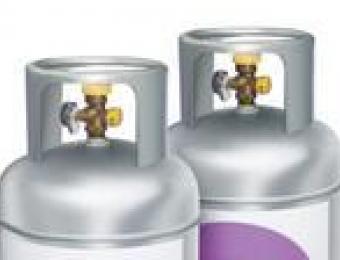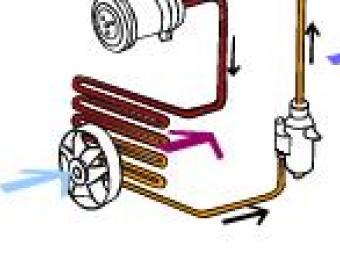
When choosing a heater, an easy way to evaluate the heater's energy efficiency is to look for its energy star label. This is one important way that the government is working to improve the overall efficiency of heaters sold in Australia. The other is the implementation of Minimum Energy Performance Standards (MEPS).
Energy rating labels for heaters
The energy star labels that appear on gas heaters offer a simple way for you to evaluate their efficiency as compared to others that use the same type of fuel. Gas heaters have a gas label, which states the name and brand of the heater, its rated energy usage in megajoules (MJ) under standard conditions of the period of one year, and a rating out if six stars. The star rating is calculated according to the unit's rated performance against a set of established standards.
Energy rating labels for heat pump heaters

The labels on heat pump heaters (which include both dedicated heat pump heaters and reverse cycle air conditioners) are a little more complex. These labels may include both heating and cooling labels, and provide a star rating out of ten stars - with anything more than six stars given an extra row of stars at the top of the label. For reverse cycle systems, the red label represents the efficiency rating of the heating component of the system. These energy efficiency labels also show the capacity output and power output of heaters in kilowatts (kW), as well as whether or not the system uses a variable output compressor, also known as an inverter. Inverters improve the efficiency of heat pump systems by allowing a greater degree of control over how hard the system works.
Demand response for reverse cycle heat pumps
Another interesting aspect of heat pump/reverse cycle air conditioner energy efficiency labels is that they now list the 'Demand Response Modes' that the system is capable of. Demand response refers to a system that allows the power company to send a signal to your smart meter to control how your system operates. This is particularly useful for preventing rolling blackouts on days when electricity demands soar. The demand response modes are:
- Mode 1 - Turn the compressor off
- Mode 2 - Restrict operation to less than or equal to 50% of rated heating or cooling capacity
- Mode 3 - Restrict operation to less than or equal to 75% of rated heating or cooling capacity
Another function of demand response capabilities is to allow the meter to automatically limit the system's energy usage based on the electricity price. This is particularly important if your electricity supply is regulated based on peak and off-peak rates. For now, these modes are a voluntary measure for manufacturers in Australia.
Minimum Energy Performance Standards (MEPS)
Minimum Energy Performance Standards (MEPS) ensure that only the most efficient air conditioners are available in the Australian marketplace, and are a powerful tool in reducing our overall power consumption. Every air conditioner and electric heater made in or imported to Australia since 1987 is subject to MEPS. The only real exclusions that apply to residential installations are multi-split systems (i.e., those having more than one indoor unit with an independent control for each).
In April 2010, new labelling requirements came into play and the MEPS process required the determination of how much power these devices consumed in standby mode. It also saw a retroactive reduction in star value; what used to be a five star air conditioner could now only be a three star unit.





